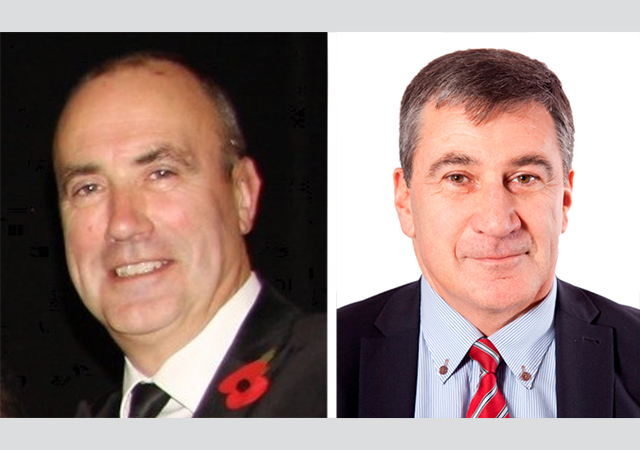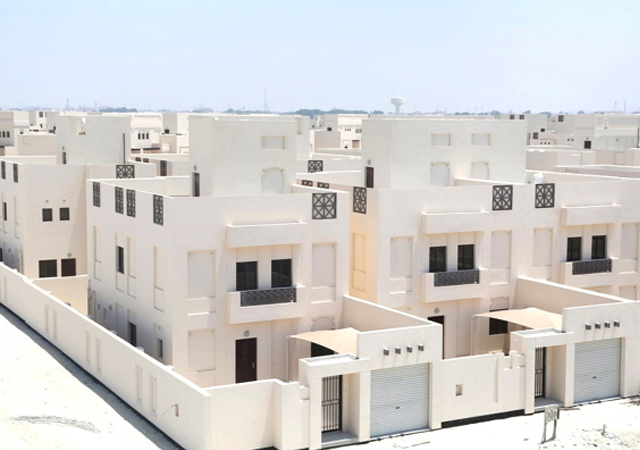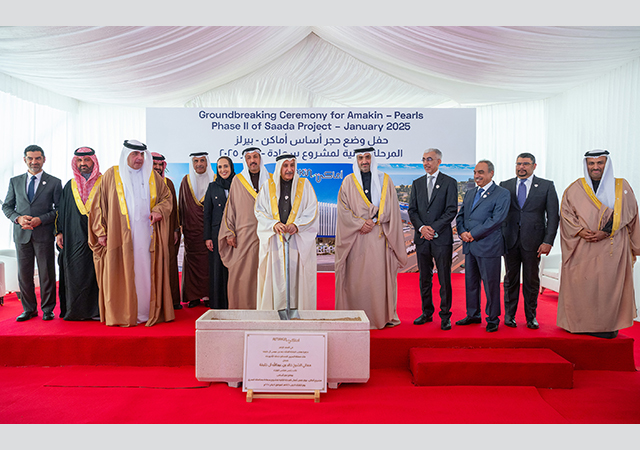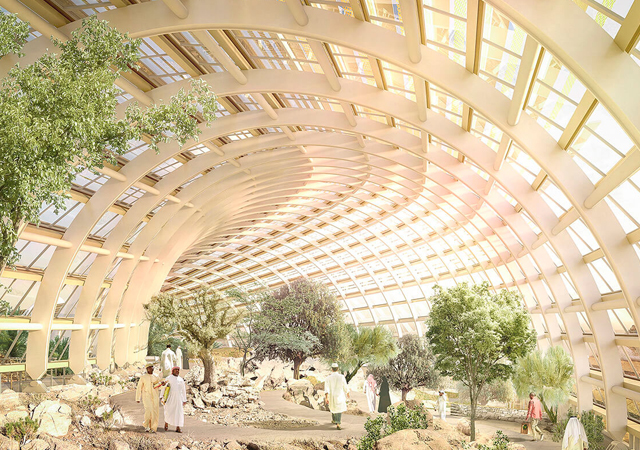
 Fearon ... focusing on product awareness.
Fearon ... focusing on product awareness.
Terex means business in the region. The leading access and construction equipment manufacturer demonstrated this fact amply at the Big 5 PMV where at its stand visitors could meet and greet its top executives and see first-hand some of its equipment.
With the Arabian Gulf now figuring as the geographic region where it has registered its fastest growth, Terex is looking to further penetrate the market through boosting its local presence and focusing on product awareness so that people understand its products and the range of applications they offer, says vice president and managing director of Genie Europe, Matt Fearon, speaking exclusively to Gulf Construction at the Big 5 PMV show.
Genie, part of the Terex Aerial Work Platform (AWP) division, is renowned for its wide range of self-propelled booms and scissors, trailer-mounted booms, portable lifts, telehandlers and light towers.
In a bid to get closer to its clients and boost its local presence, Terex – which has been operating in the region since 1980 – opened its office in Dubai in February 2007, has been participating at regional trade shows such as the Big 5 PMV and Conmex in Sharjah, talking to customers to gain valuable feedback, established a core marketing team and a product group to study what the market needs. The regional office works closely with local dealer MBM (Modern Building Material Trading) in Dubai, to distribute a range of small aluminium lifts made by Genie, to individuals and companies.
“We realise that we have a lot of work to do on educating people about our products and their applications, particularly our scissor lifts and power buggies – and that these are products that make construction safer and more efficient,” Fearon continues.
Some of the products on display at the Big 5 PMV included the GTH-4017 high-reach, rough-terrain telehandler, the Genie Aerial Work Platform (AWP) and the AWP portable personal lift, the SLA portable material lift, the GR-20 Runabout, the Genie GS-1932 and GS-3246 self-propelled electric scissors, and the Z-60/34 articulating boom as well as two Terex power buggies – PB 16 and PB 21.
Commenting on Terex’s strengths in the market, Fearon says: “One of our biggest plus-points in the region is that we have a local presence – and we hear repeatedly from our customers how much they value this aspect. “This is a fundamental aspect of our strategy in the region and it is the reason you see a team of AWP team members that lives right here to provide our customers with the service they deserve. We have a team in place that continues to grow. In addition, as we put equipment in the market, we support it with informed people, service technicians and parts support – everything you need to be successful using our machinery.”
“In addition, simple obstacles such as time and work week differences are taken away,” he adds.
“The region thrives on relationships and if you don’t have face-to-face interaction, you don’t get business,” says Brad Abrahams, divisional sales manager. “By having a local presence, there is more brand awareness and people are more comfortable using the product as we are not only supporting the product but also our network.”
Terex also ensures that the products it places in the market will suit its requirements. In the absence of GCC standards for its type of equipment, Terex offers machinery that is CE-certified.
“We’ve made a choice to promote products that conform to CE standards – which are the most stringent – and offer the best product configuration,” says Fearon.
It also uses the feedback it receives from the market to adapt its equipment to suit local requirements. “We are looking at the environment here and comparing it with that of the other markets we operate in, listening and studying what our customers in the region need and working back that information to our product management and engineering teams to adjust our products,” Fearon says. “An example of this is the AL-8000HT – a new light tower that has a hydraulic-powered mast which can tip at an angle – which definitely has application in the region. The product has a new design.”
Terex offers products that address the safety and efficiency aspects so that users can be confident when using the company’s equipment and trains users on these and other features of its products.
“Operator training is a service that is very much in demand, as health and safety aspects are somewhat overlooked here as they are predominantly driven by individual contractors not so much by a governing body,” says Abrahams.
Among the most popular products in the region are big booms – 45 ft and above – including stick and articulating booms as well as light towers, which have found a wide market in the construction and petrochemical sectors.
“We are starting to see some interest in scissor lifts in the construction sector, but there is lot of potential waiting to be tapped for the product in the market both for construction and in maintenance work in accessing heights,” says Fearon.
“Our lighting towers have recently seen a surge in popularity since the introduction of night time work in Dubai,” says Abrahams. “We are also starting to see interest in our power buggies, which we introduced last year (2007).”
“Our telehandlers have a lot of potential as we offer a very wide range with comprehensive attachments While there is intense competition in this category of equipment with most of the major international players being present here, our telehandlers offer a range of benefits including all-round visibility. We also have a range of rotating telehandlers that not everyone has, which can be provided with jib and winch attachments, which boost the products versatility.”
“Our mariners – which are rough-terrain self-loading mini-concrete mixers – are designed for sites where the standard concrete truck cannot be used because of space restrictions. The product – offered in three sizes and introduced in 2006 – has continued to see good growth in the market both with contractors and government agencies. It is a great mate to our Power Buggy – in that both products are highly suited for tight spaces and expected to be very popular with contractors because of their versatility in use particularly for underground construction work,” Abrahams adds.
The mariner is a variation on Genie’s standard access equipment product range and takes the company further into the construction-related market.
Commenting on the Big 5, Fearon says: “The Big 5 is a good show for the region with fantastic facilities and enjoys good participation. The 2006 event was very good, particularly for us, as we exhibited within the main Big 5 exhibition area at the Dubai International Exhibition Centre and received a fantastic audience.”
Fearon has been with the company for 13 years and has been based in the UK since April to serve the Europe and Middle East area (EMEA). In line with Genie’s focus on expanding its footprint and globalising its manufacturing system, the company is poised to open a manufacturing base in Europe to serve the EMEA area to shorten the supply chain, using Terex’s facility in Italy and is also evaluating a manufacturing site in the UK to produce scissor lifts there.
And how does the Arabian Gulf figure in its plan for production facilities? “While a local production and assembly plant is not on the cards for the short term, we will continue to look at the size of the market and base our expansion plans on this growth,” Fearon concludes.











































.jpg)









